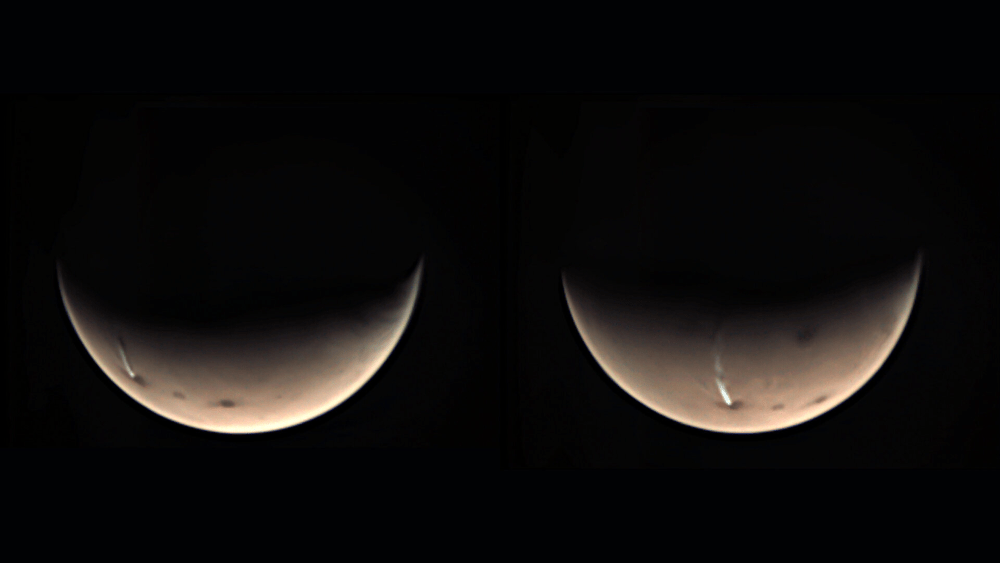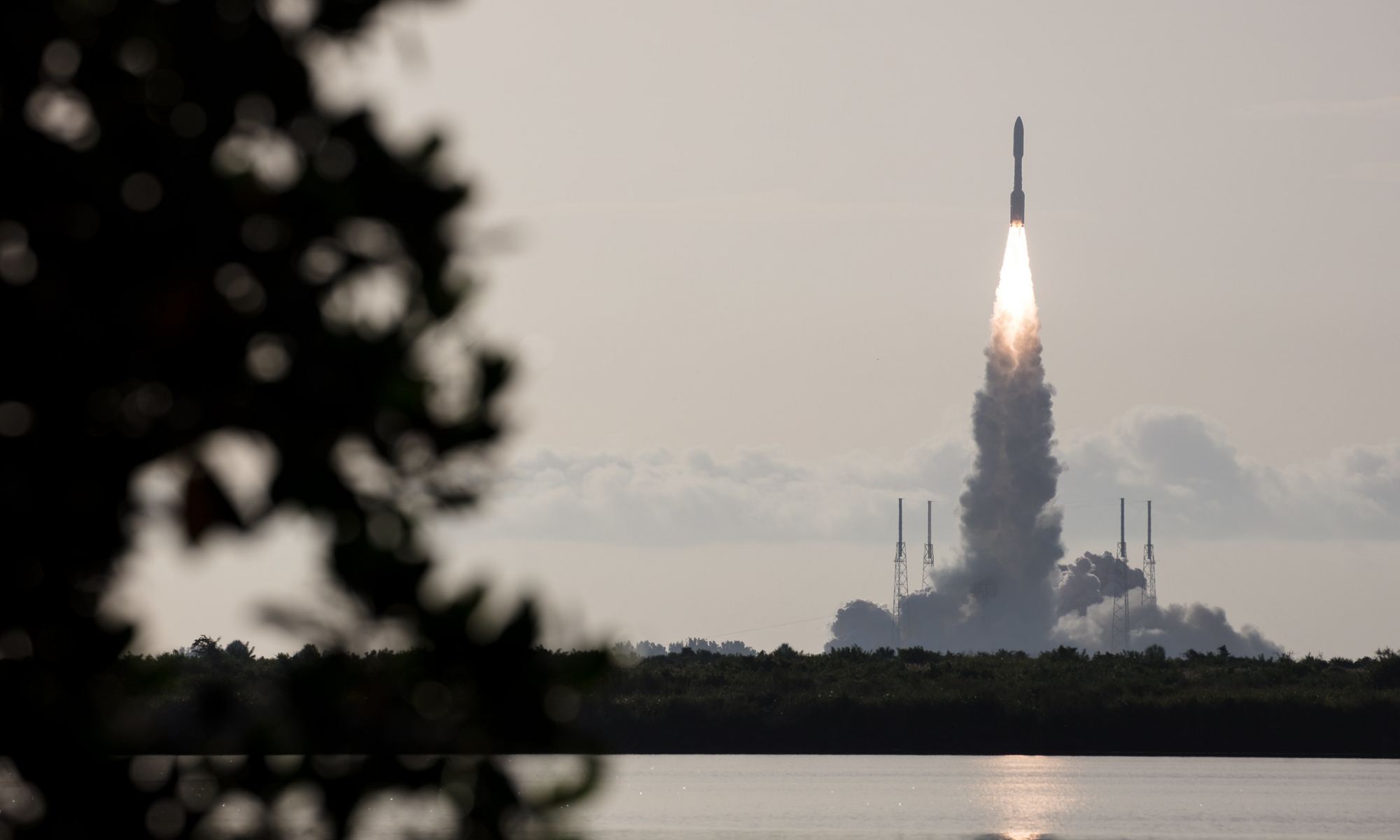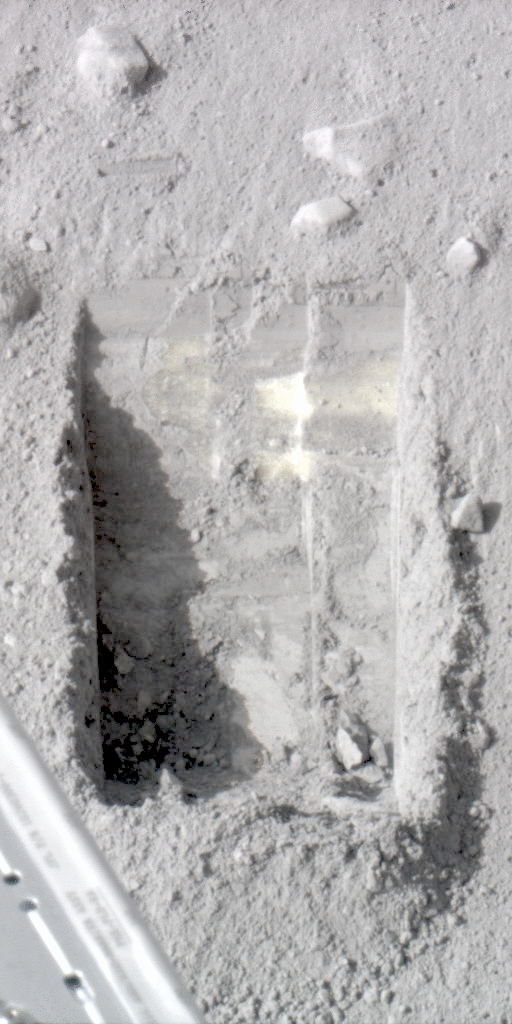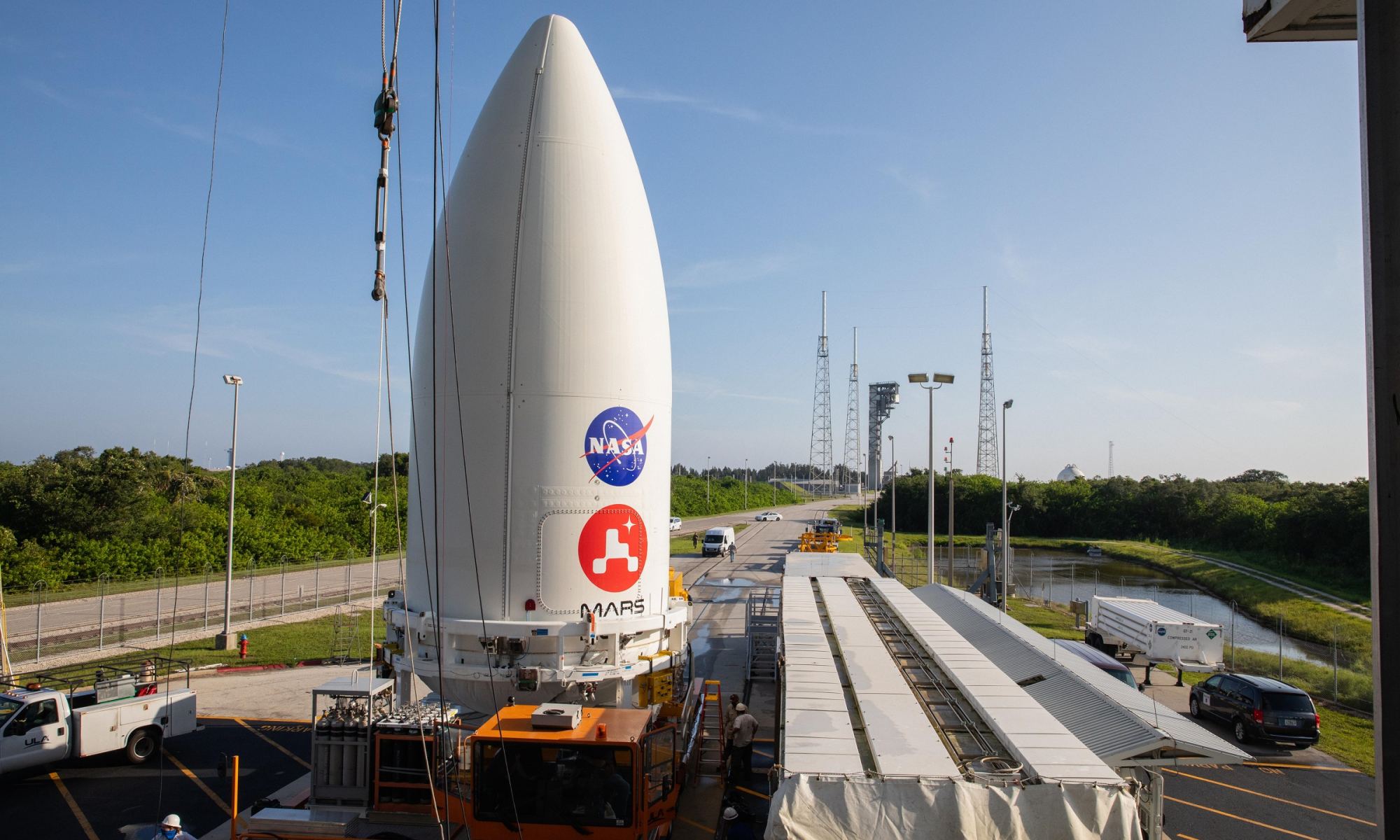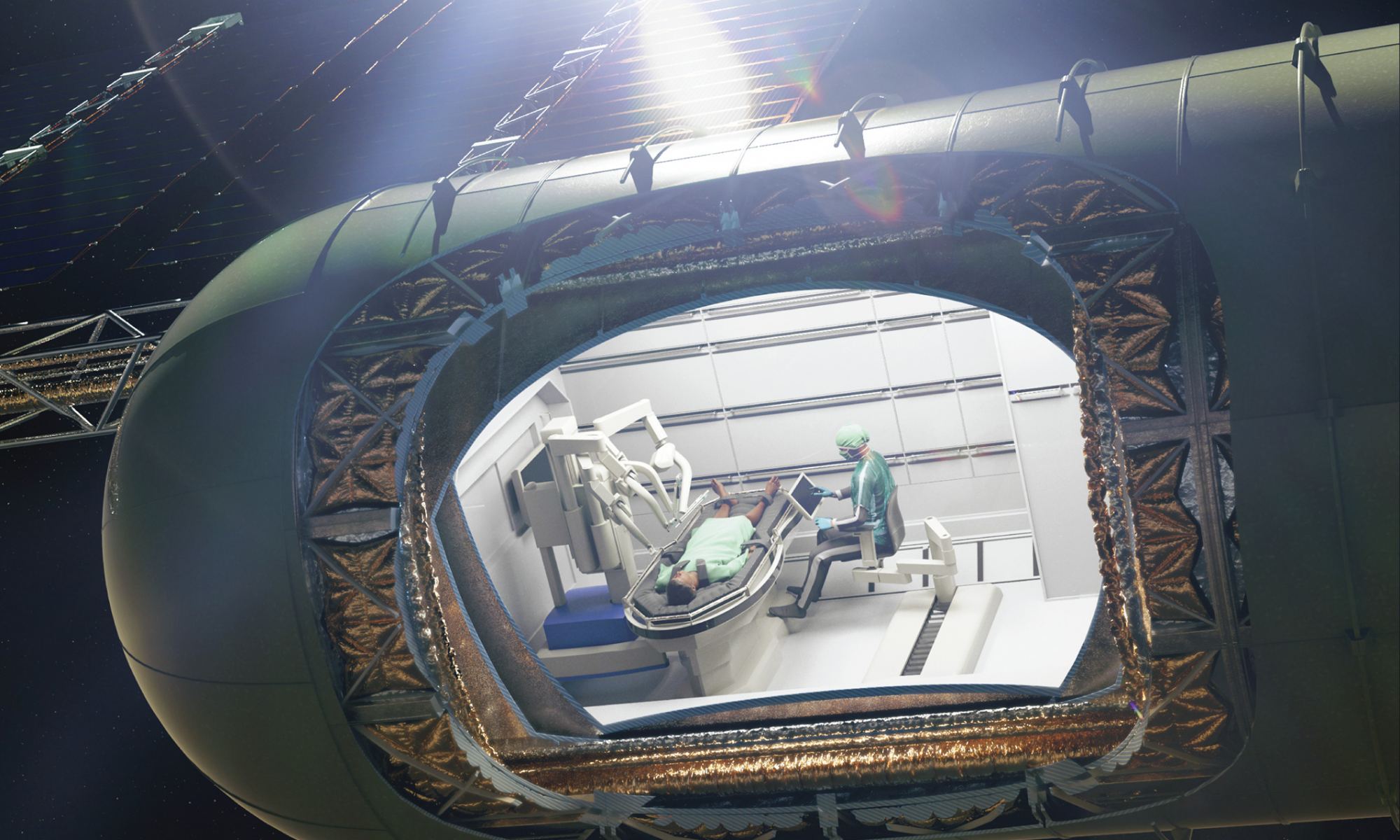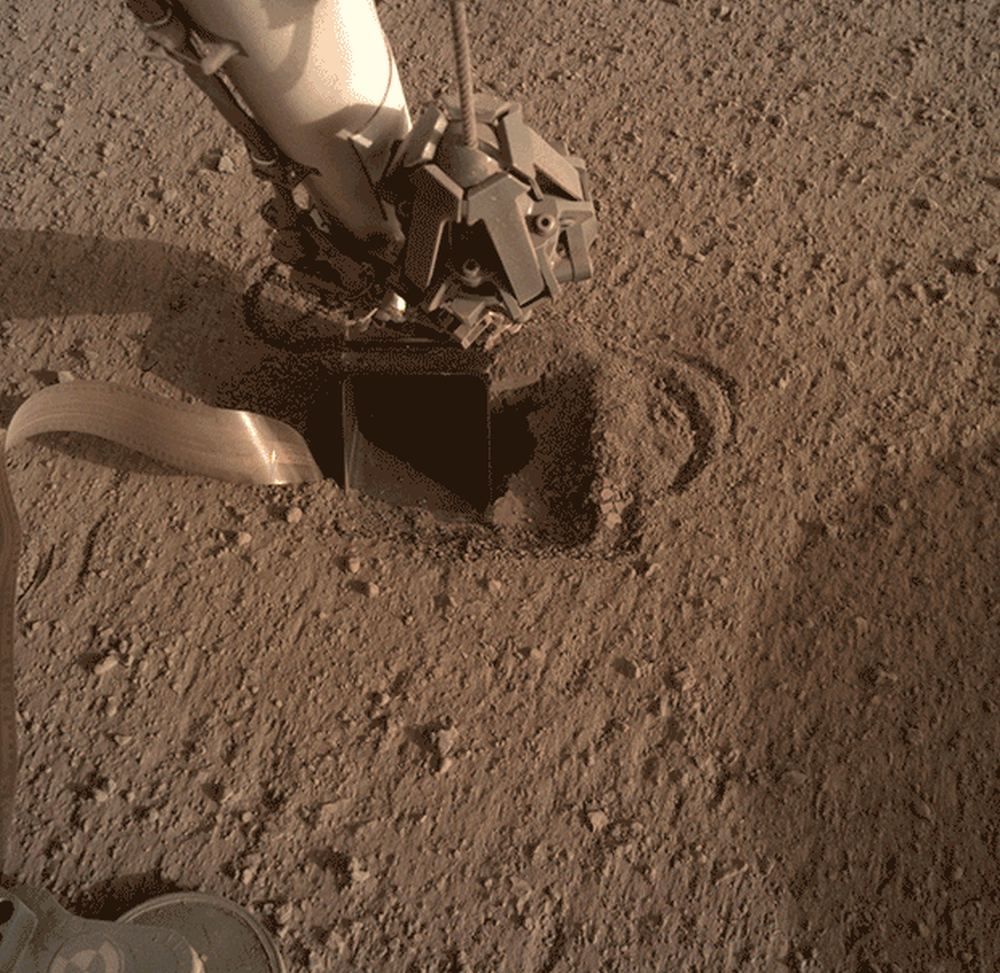Orbiters are giving us a chance to study the surface of Mars closely, and some of the features that pop to prominence are dry river channels. There are over 10,000 of them. But a new study suggests that glaciers on ancient Mars are responsible for many of them.
According to the study, those glaciers and the water flowing under them are resonsible for carving out some of those riverbeds, rather than free-flowing rivers.
Continue reading “Martian Features Were Carved by Glaciers, not Flowing Rivers”

